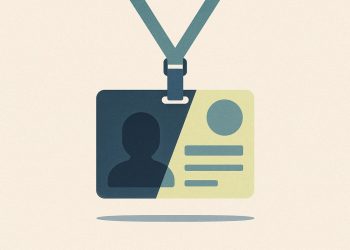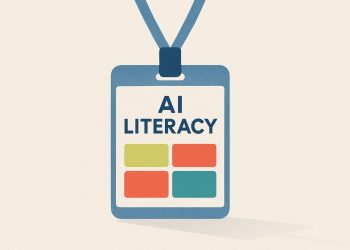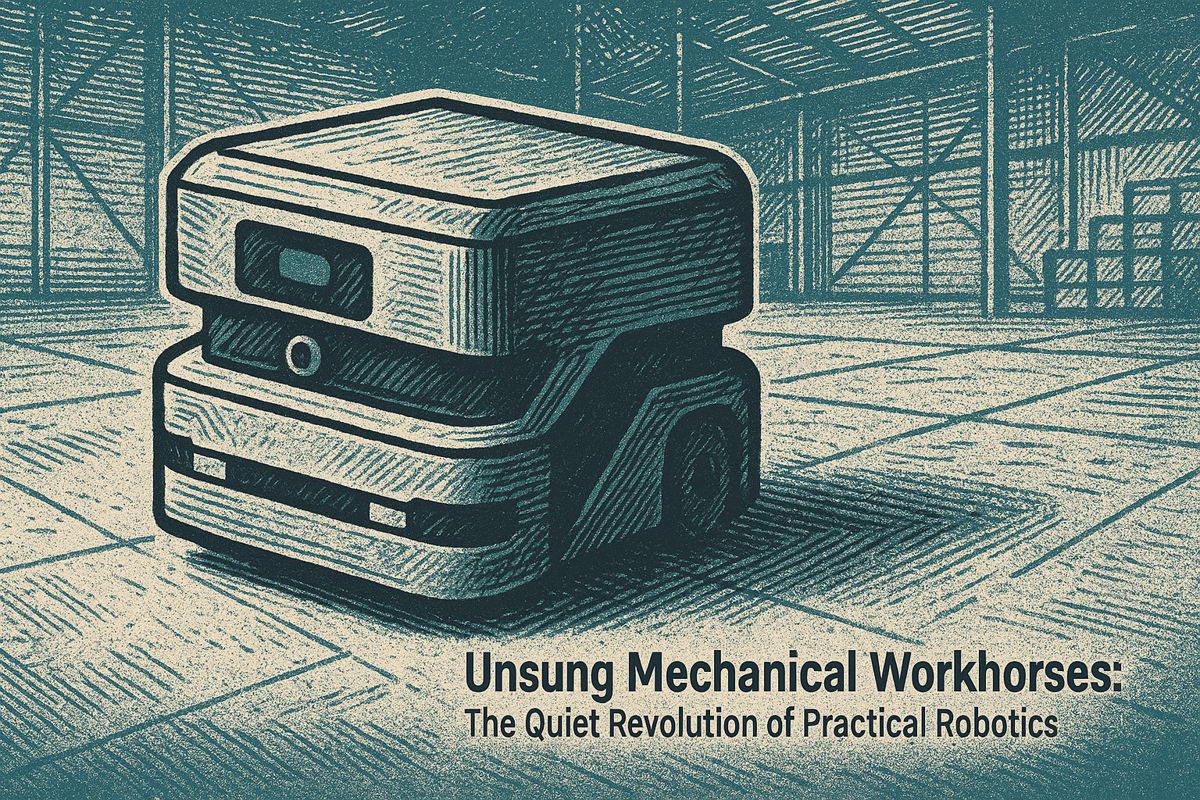AI literacy means understanding and questioning how AI works, not just using it. This skill is very important for families so they can use AI safely and make smarter choices. The main challenge today is not just having technology, but knowing what to trust and how to stay in control. Families can build AI skills together by trying projects, asking questions, and sharing their experiences across generations. The key is to keep people in charge, using AI as a helpful tool while staying thoughtful and careful.
What is AI literacy and why is it important for families today?
AI literacy is the ability to understand, question, and effectively guide AI systems, not just operate them. It’s crucial for families because bridging this skill gap enables safer, more confident use of AI in everyday life, helping all ages make informed decisions and preserve human agency.
Why AI Literacy Is the New Digital Divide – And How to Cross It Today
In China’s cashless economy, a curious reversal plays out daily: elderly grandparents fluent in WeChat superapps order lunch to their doorsteps while younger tourists fumble with QR codes. This scene captures the essence of AI’s new literacy challenge – it’s no longer about technical clicks but about knowing what to trust.
The Trust Gap: A $12 Billion Reality Check
OpenAI’s recent milestone of 700 million weekly ChatGPT users reveals both opportunity and risk. While the platform generates $12 billion annually, a parallel KPMG study shows only 39% in advanced economies trust AI systems, compared to 52% in emerging markets. The difference? Epistemic fluency – the ability to question and guide AI rather than just operate it.
5-Step Framework for Family AI Literacy
-
1. Start with Dignity, Not Downloads*
When helping older family members navigate AI, preserve their agency by focusing on outcomes they value. A grandfather successfully using WeChat for meal delivery demonstrates that motivation trumps technical complexity. -
2. Create Your AI Sandbox Together*
- Week 1: Use ChatGPT for trip planning with specific prompts like “Plan a 3-day family trip within 2 hours of [city] with elderly-friendly activities”
- Week 2: Generate creative family recipes using AI image tools like Google’s Whisk
-
Week 3: Build a shared family knowledge base using retrieval-augmented generation
-
3. Develop “Beneficial Mistrust”*
Teach these critical checkpoints: - Always verify AI outputs for high-stakes decisions
- Question source credibility when AI provides facts
-
Test AI limitations with deliberately ambiguous prompts
-
4. Bridge Generational Perspectives*
The most successful family AI projects involve: - Grandparents sharing life context that AI lacks
- Children demonstrating prompt engineering techniques
-
Parents facilitating discussions about AI’s societal impact
-
5. Measure Progress Through Projects*
Track fluency growth with monthly family challenges:
| Month | Challenge | Success Metric |
|——-|———–|—————-|
| 1 | Plan a celebration using AI | Everyone contributes prompts |
| 2 | Create a family history book | Cross-verify AI facts |
| 3 | Design a small business idea | Evaluate AI feasibility |
From Literacy to Leverage
The stakes extend beyond individual competence. Communities with higher AI literacy demonstrate 47% better outcomes in AI-assisted healthcare decisions and 34% higher small business AI adoption rates. The difference isn’t access to tools – it’s the confidence to question them constructively.
Resources That Actually Work
The Empowering Learners for the Age of AI framework, developed by OECD and European Commission, provides age-appropriate scenarios for families. Unlike generic “AI courses,” these focus on collaborative decision-making rather than technical mastery.
The Hidden Metric: Preserving Human Agency
Every successful AI literacy initiative shares one characteristic: participants retain control over final decisions. Whether it’s grandparents verifying AI health advice or teens fact-checking AI homework help, the goal isn’t to become AI experts but to remain informed human operators.
As AI-generated faces populate Instagram ads and children bond with chatbot toys, the families who thrive won’t be those with the most advanced tools, but those who’ve learned to maintain healthy skepticism alongside enthusiasm.
What is epistemic fluency and why is it more important than ever?
Epistemic fluency is the ability to decide what to trust when interacting with AI systems. Unlike traditional digital literacy, which focuses on knowing where to click, epistemic fluency teaches us how to question, guide, and critically evaluate AI outputs. In 2025, this skill has become essential as AI systems increasingly make invisible decisions that affect our daily lives, from loan approvals to healthcare diagnostics.
Recent data shows that only 39% of people in advanced economies trust AI systems, compared to 52% in emerging economies. This trust gap directly correlates with variations in AI literacy levels across populations.
How can families build AI literacy together across generations?
Building AI literacy is most effective when approached as a family or community effort. Here are practical strategies that work:
- Start with real-world applications: Use AI for trip planning, creative writing, or meal planning together
- Practice “AI skepticism”: Always question outputs, especially for important decisions
- Create intergenerational learning moments: Help older family members navigate AI while respecting their existing knowledge
- Use everyday examples: When ordering food via apps, discuss how the AI recommends restaurants
The key insight is that preserving dignity and agency is more important than technical skill transfer when helping older generations adapt to AI.
What are the risks of the AI digital divide?
The AI digital divide creates invisible barriers that can lead to:
- Economic exclusion: Those without AI skills risk being left behind in an AI-driven economy
- Trust erosion: When AI makes decisions people don’t understand, it undermines faith in systems
- Information asymmetry: AI-literate individuals gain advantages in accessing and processing information
A 2025 study found that 61% of global respondents have no AI training, highlighting the urgency of addressing this gap before it widens further.
How can institutions foster beneficial mistrust in AI?
“Beneficial mistrust” means maintaining healthy skepticism without rejecting AI entirely. Institutions can promote this by:
- Teaching critical evaluation: Show concrete examples of AI errors and biases
- Providing transparency tools: Explain how AI systems make decisions
- Creating safe testing environments: Allow users to experiment with AI without real-world consequences
- Encouraging verification: Always cross-check AI outputs, especially for high-stakes decisions
What practical resources exist for building AI fluency?
Several free, open-access resources are available for 2025:
- The AILit Framework: A comprehensive guide developed by OECD and European Commission covering four domains of AI engagement
- Community workshops: Libraries and community centers increasingly offer AI literacy sessions
- Online courses: Free platforms now provide structured AI education for all age groups
- Family AI projects: Simple exercises like planning vacations or organizing photos using AI tools
The most important insight is that AI literacy is not about becoming a technical expert, but about developing the muscles needed to interact confidently and critically with AI systems in everyday life.



















